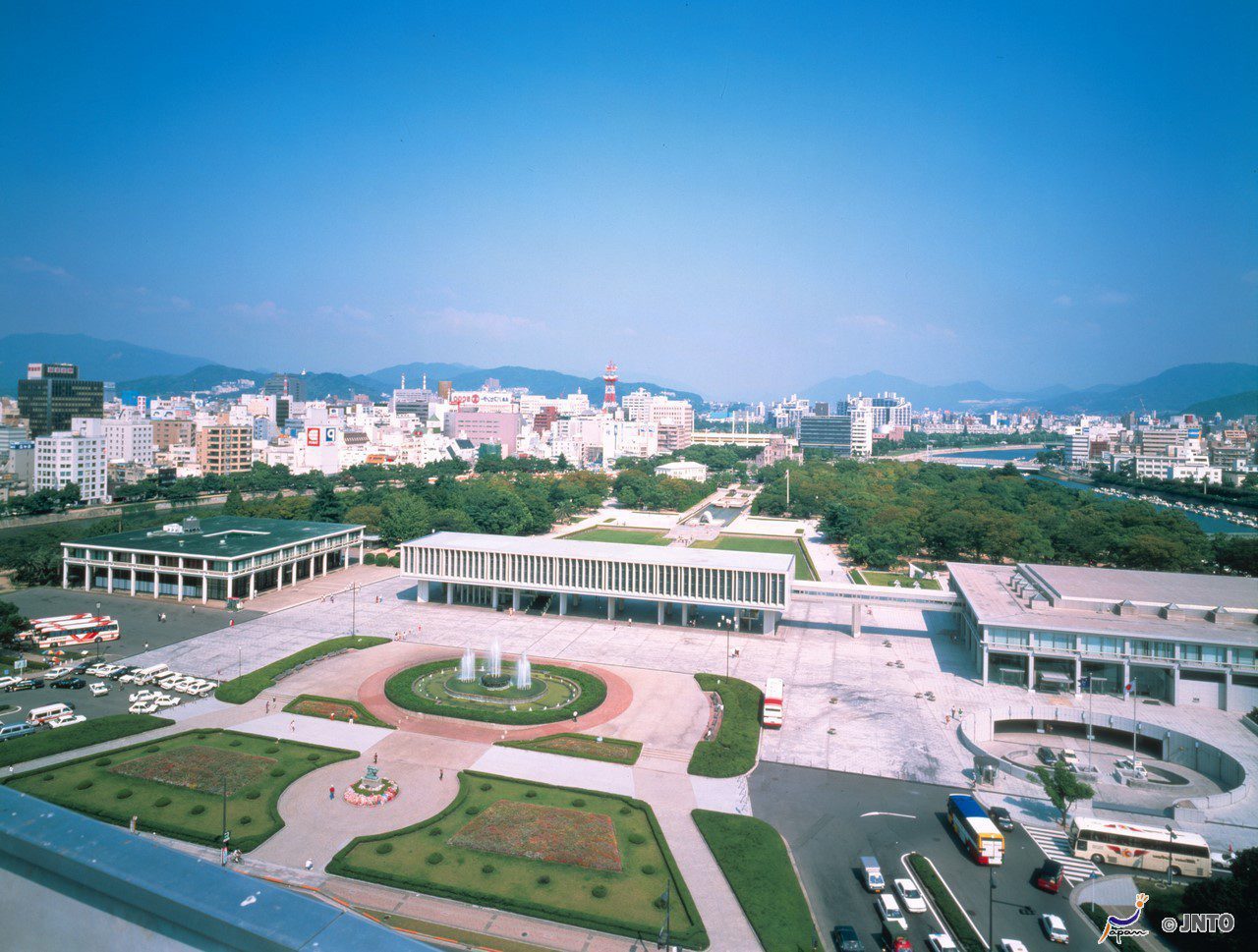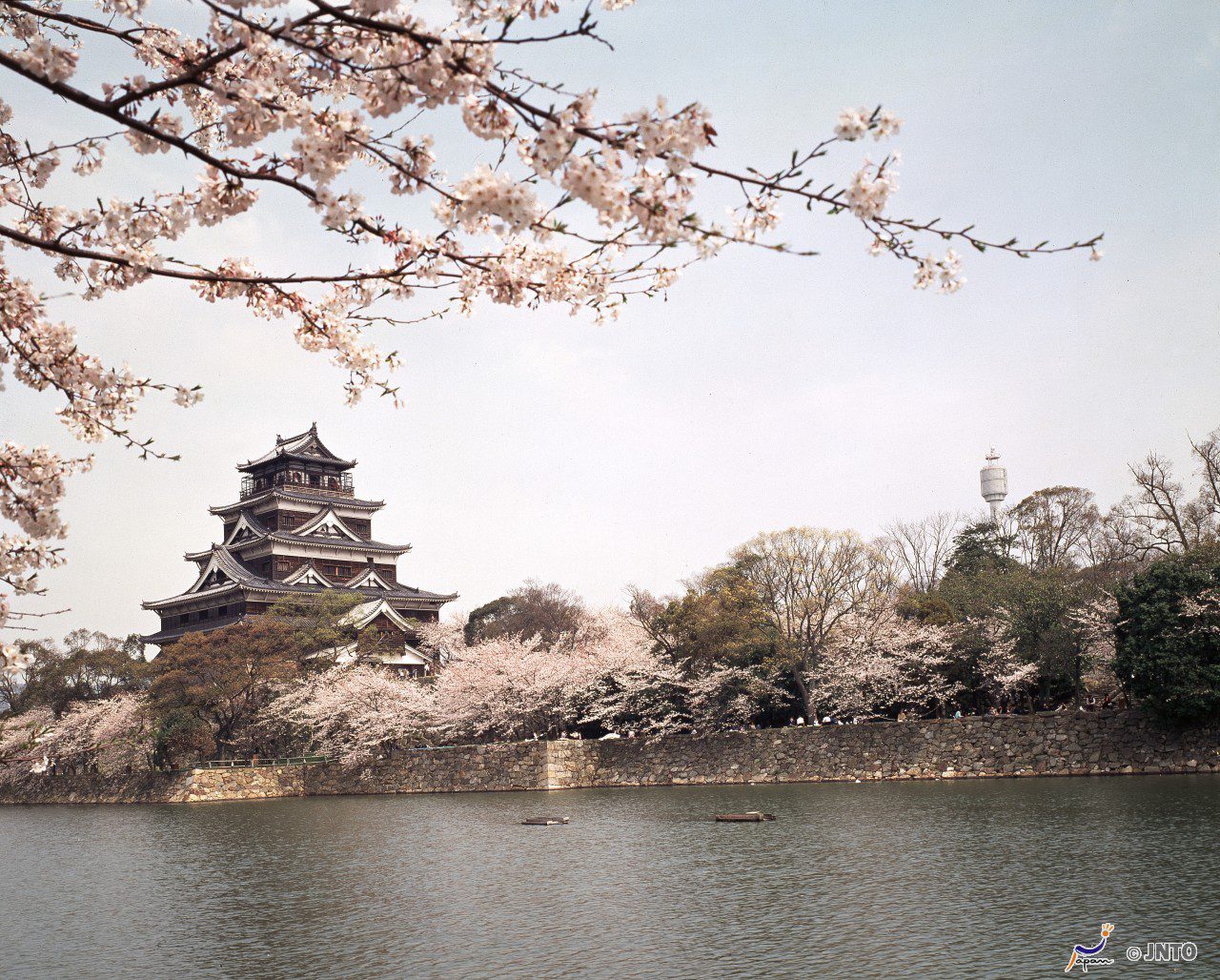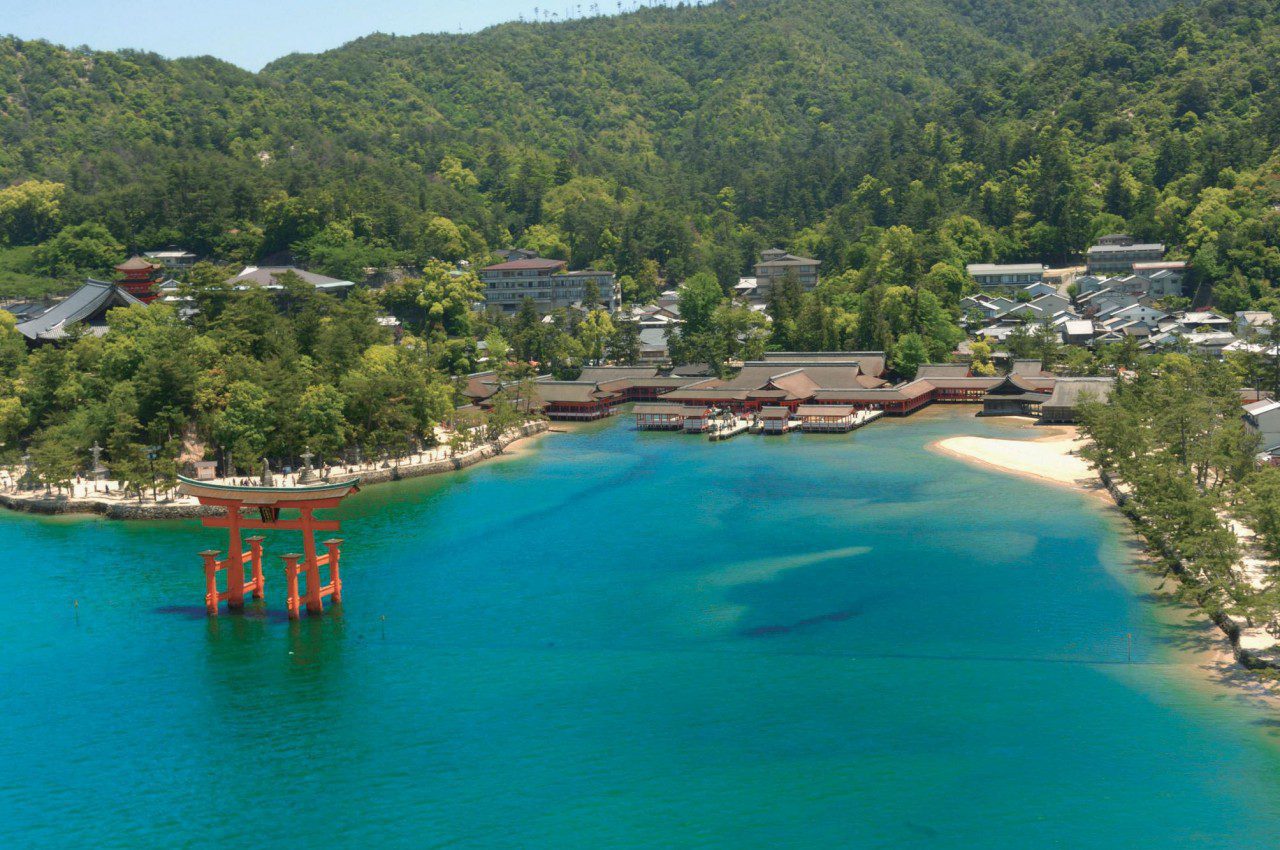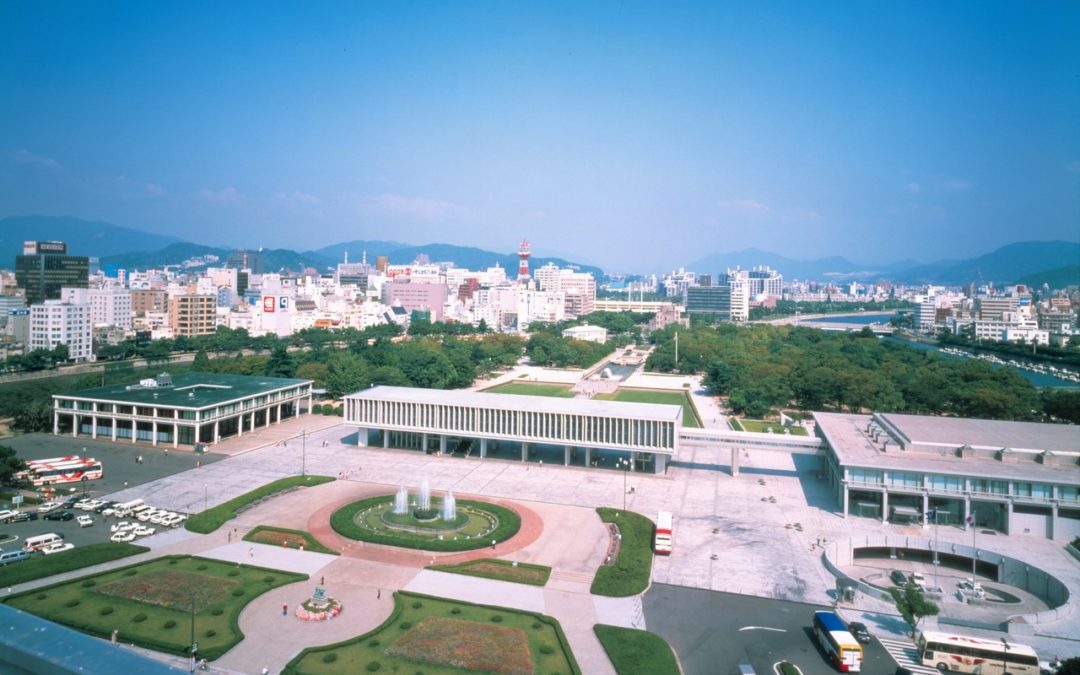THE TOP 4 THINGS TO DO IN HIROSHIMA
Despite its tragic history, the city of Hiroshima is now a thriving commercial and cultural capital. After the war, the city underwent an incredible revival and is now a vibrant home to over two million people. While there are lots of things to see, do and experience in this exciting city, here are our top 4 picks.

Hiroshima City
1. The Peace Memorial Park
The Hiroshima Peace Memorial Park occupies what used to be the commercial and political centre of the city. This area was, in fact, the exact target of the American B-29 Superfortress bomber, Enola Gay, during the atomic bomb attack.
After the war, it was decided that the area would be developed as a memorial to the 220,000 people who died as result of the bomb, either in the blast or from subsequent exposure to radiation. The Park contains numerous facilities and monuments to help visitors understand the multi-faceted history of this tragic event.
The A-Bomb Dome

A-Bomb Dome, also known as the Hiroshima Peace Memorial
The A-Bomb Dome, also known as the Hiroshima Peace Memorial, is conspicuous in that it was one of only a handful of buildings in the City to even partially survive the blast. Before World War 2, the building was used to promote local industry and was a symbol of Japan’s rapid industrialisation and technological advancement. Now a UNESCO World Heritage site, the wrecked and twisted remains of the building are a potent reminder of the terrible destruction that befell the City.
The Hiroshima Peace Memorial Museum

Hiroshima Peace Memorial Museum
The Hiroshima Peace Museum tells the story of the atomic bomb attack and tremendous human suffering that it caused. The Museum’s exhibitions explore the various facets of the attack, including the ‘Manhattan Project’ (the US project to develop atomic weapons), ‘The Fury and the Conflagration’ and ‘Rescue and Relief Activities’. While these exhibits can be jarring for visitors, the City strongly believes that it is important to educate people to the horrors of nuclear war to ensure that it never happens again.
Other monuments in the Park include a Cenotaph for the A-Bomb Victims and the Children’s Peace Monument.
Click here to visit the Peace Memorial Park Museum website.
2. Hiroshima Castle

Hiroshima Castle, also known as The Carp Castle
First built in in 1589, Hiroshima Castle was the original centre of the City. Like most of the City, the Castle was destroyed in the atomic bomb attack in 1945. After the war, the Castle was meticulously rebuilt (with a concealed ferroconcrete structure) and opened to the public in 1958. Since then, various projects have worked to restore the Castle’s outer defensive walls and structures.
Unlike many other Japanese castles that were situated on commanding hilltops, Hiroshima Castle sits on a plain. The City grew up around the stronghold and became a powerful regional centre of power.
The Castle now houses a museum that tells the civic history of Hiroshima City. The top floor of the five-storey Castle also offers incredible views of the city.
3. Miyajima Island

The sacred island of Miyajima
Located just off the coast of Hiroshima, Miyajima is a serene and sacred island. The island has been a sacred place for the Japanese since at least the 6th Century, when the tallest peak, Mount Misen, was worshipped as a deity. As you arrive by ferry from the mainland, you can see the giant torii gate seemingly floating in the shallow coastal waters, signifying your arrival on holy ground.
The island’s main attraction is the Itsukushima Shinto Shrine. This UNESCO World Heritage Site is built across a shallow inlet and appears to float on the water at high tide. The complex is comprised of multiple buildings that are connected by boardwalks over the sea. These include a prayer hall, a main hall and a noh theatre stage.
The island is also home to the magnificent Daisho-in temple. This Shingon Buddhist complex includes multiple pray halls, sanctuaries and an exquisite sand mandala that is maintained by visiting Tibetan monks.
Rising to 500 metres above sea level, Mount Misen offers incredible views of Hiroshima City and the surrounding bay area. The peak can be accessed via hiking trails and it takes approximately two hours to reach the summit. For those less physically inclined, a convenient cable car can take you up most of the way to the summit. The hiking option, however, is particularly rewarding as you pass by several secluded Buddhist structures on your ascent.
Click here to view the official Miyajima website, which includes detailed information on the island’s attractions.
During the daytime, Miyajima can be quite busy with tourists and an overnight stay in one of the island’s ryokans or traditional inns will enable you to experience the true serenity of the island at night time.
For more information on ryokans, check out our Guide to Accommodation in Japan.
4. Okonomiyaki

Hiroshima Okonomiyaki, a truly unique dish
The Hiroshima Okonomiyaki is truly a unique and singularly delicious dish. No description can really do this Hiroshima speciality justice and the dish somehow transcends the sum of its simple ingredients.
Okonomiyaki is usually cooked on a hotplate as you watch, with the chefs applying their considerable skill and theatrical flair. The first step involves laying down a thin layer of batter, not unlike a crepe, and building upon this foundation with shredded cabbage, strips of pork, noodles, a fried egg, okonomiyaki sauce and dried seaweed flakes.
Click here to see a video on how Okonomiyaki is made.
Depending on the restaurant, optional extras can also include squid, octopus and cheese. Each layer of the okonomiyaki brings a different flavour and a different texture, all of which seem to work together in gastronomic harmony.
Don’t worry if all the ingredients are not to your taste: Okonomiyaki actually means ‘as you like it, grilled’ and customers are free to choose their toppings. Don’t trust us, try this unique dish for yourself!
For more information on dining out in Japan, check out our Guide to Eating and drinking in Japan.
Unique Japan Tours is a leading global Japan Travel Specialist company. Our team of Japan Travel Specialists are ready to plan an unforgettable trip for you or your clients. All of our tours begin and end in Japan which means it doesn’t matter where you come from, we will take care of your needs once you land inside Japan. So let’s start planning your trip today!

